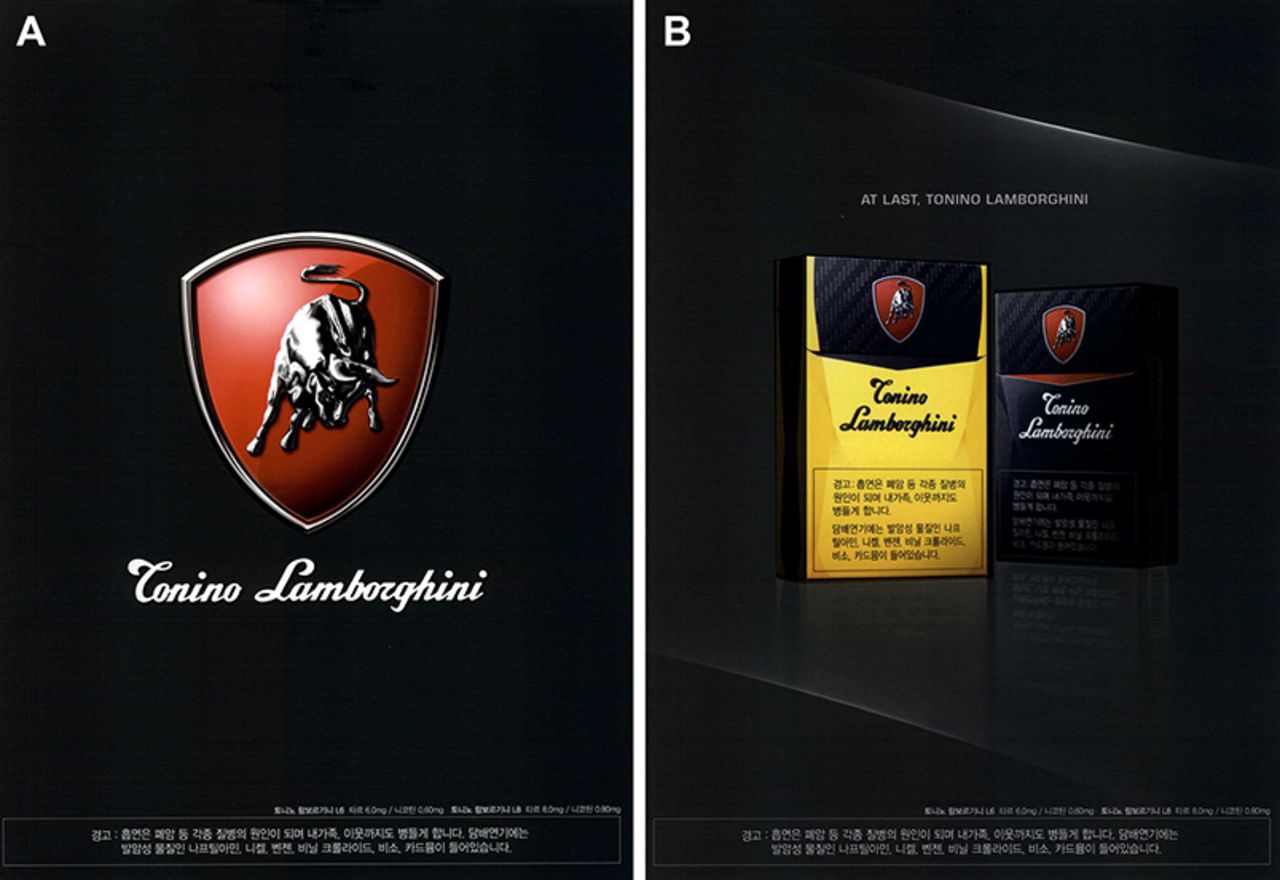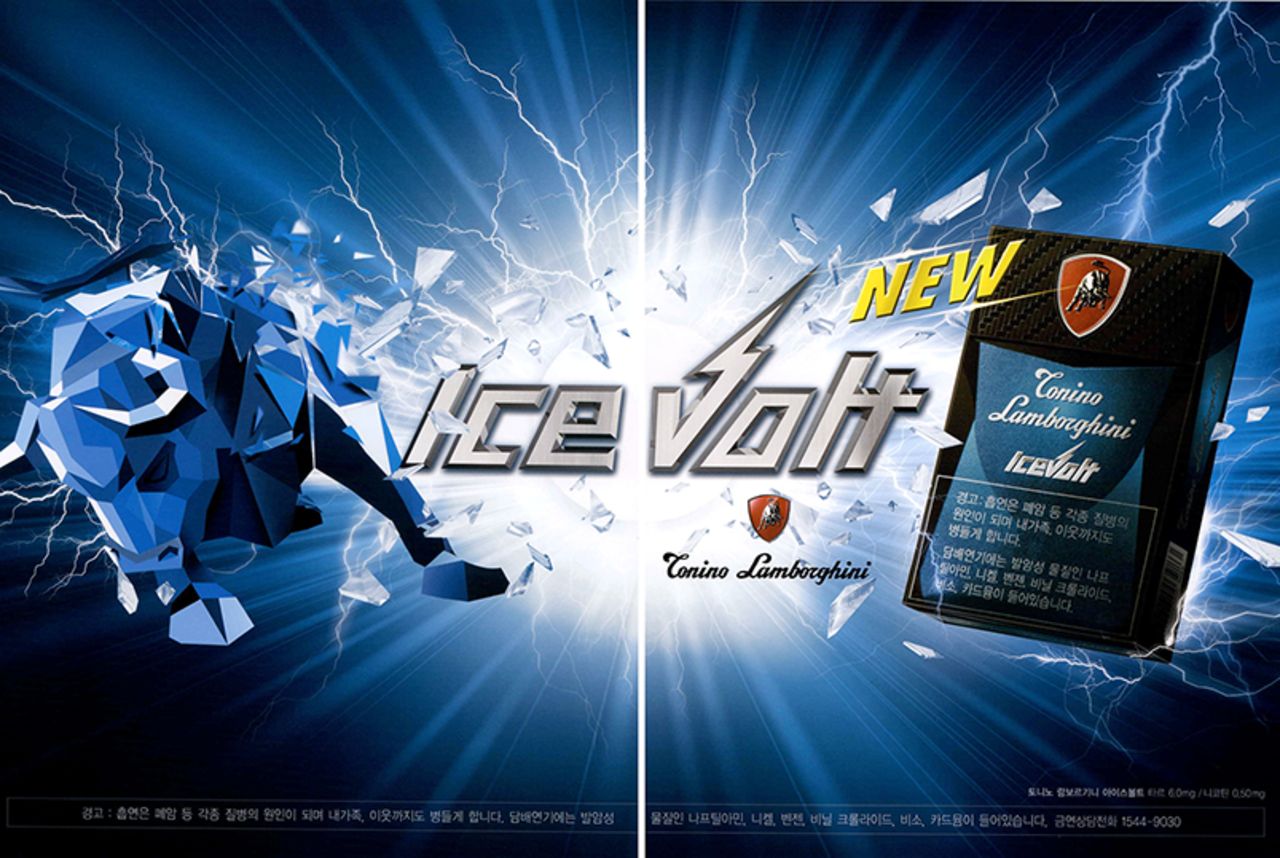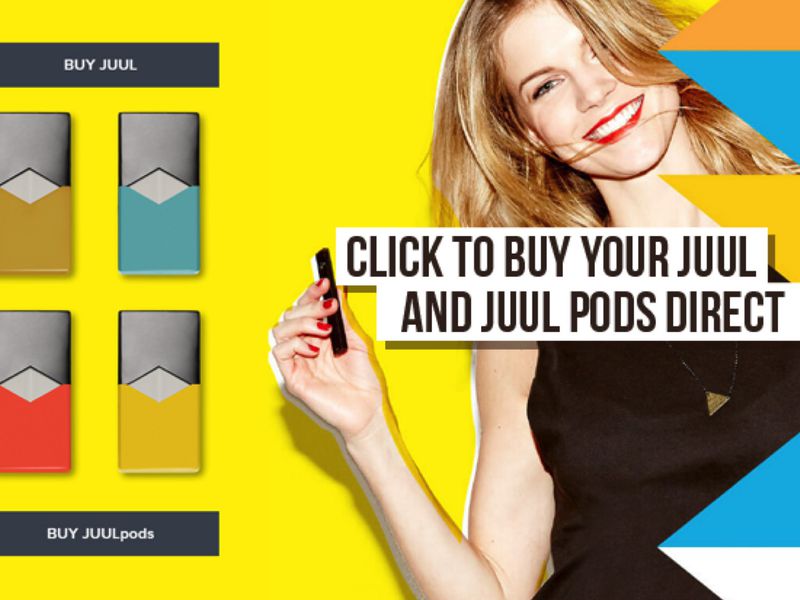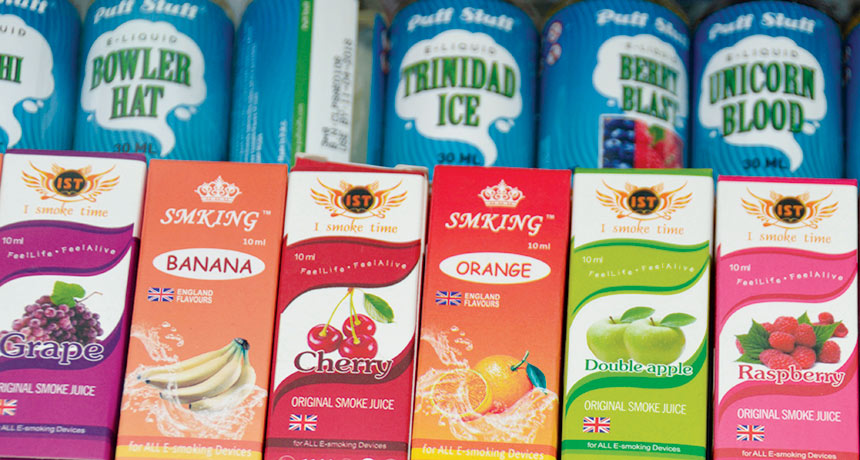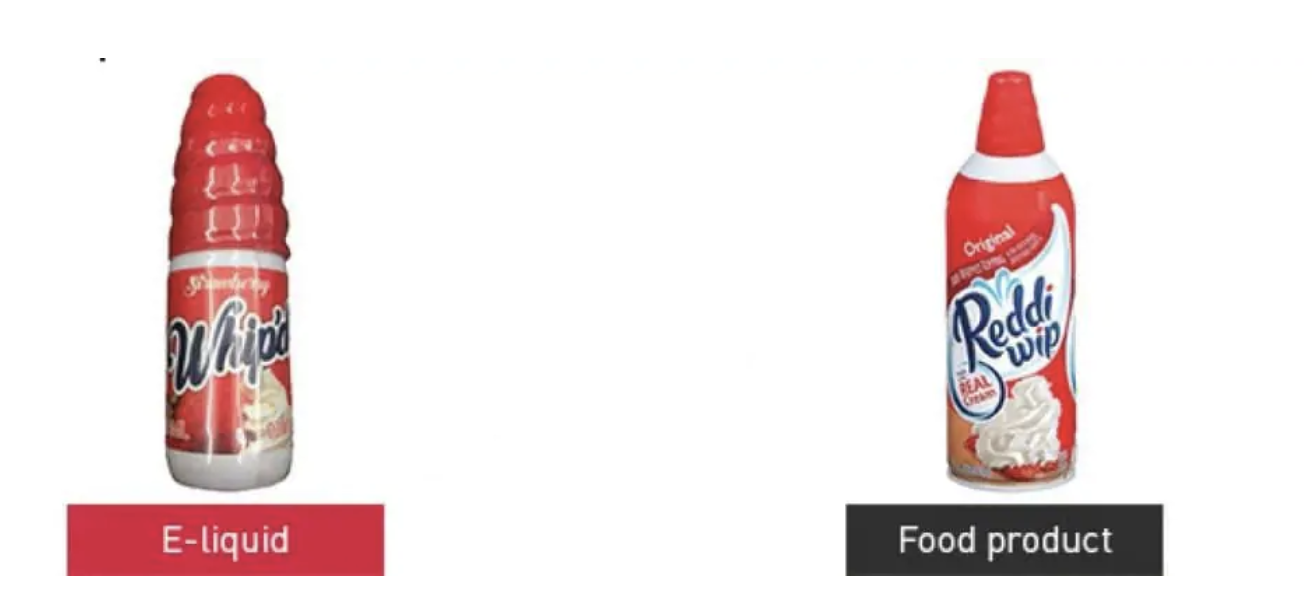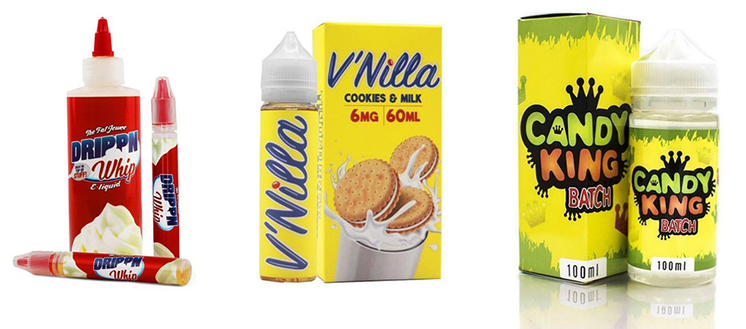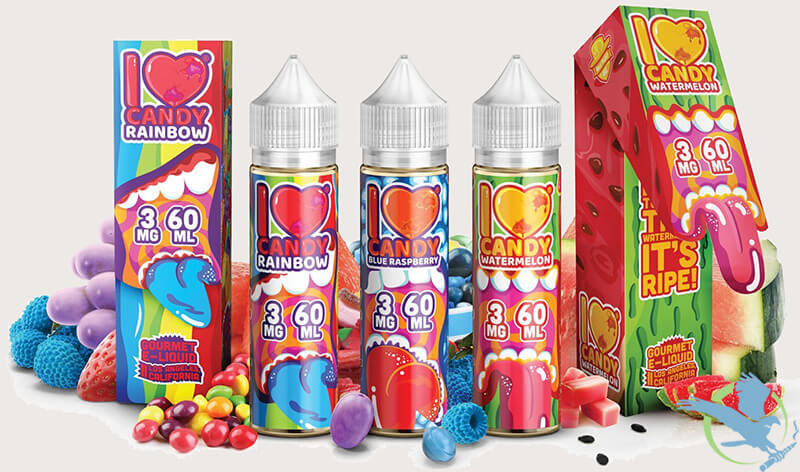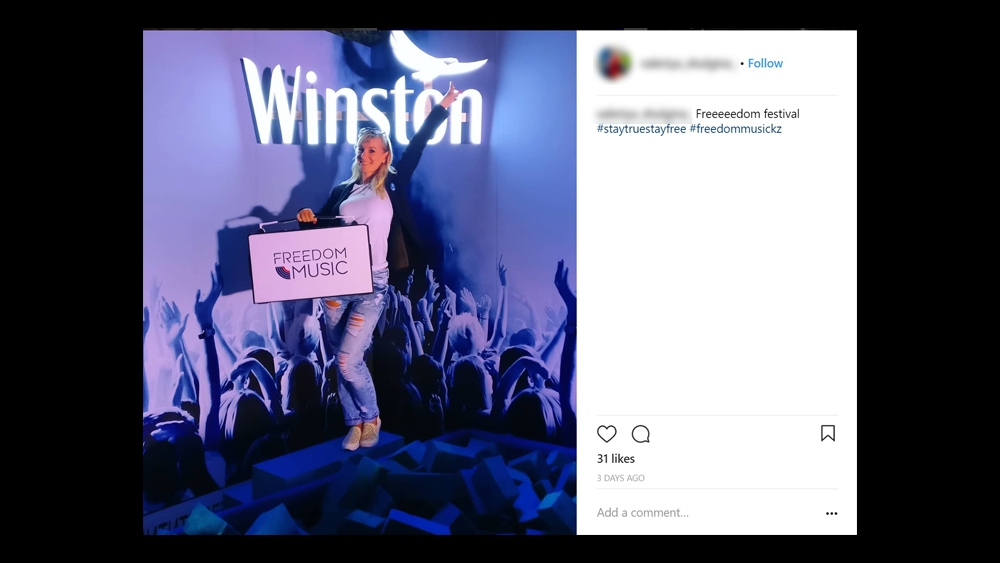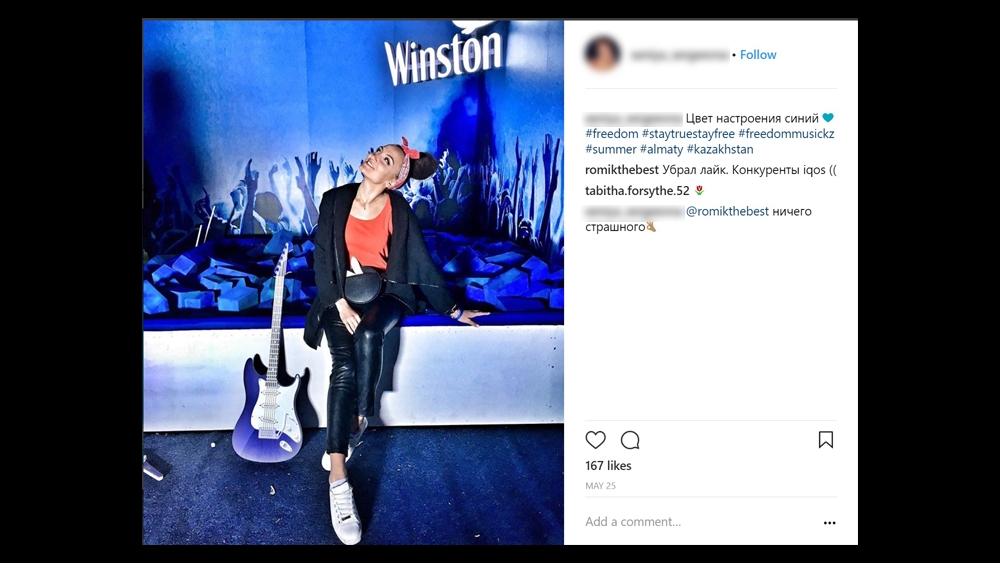WHAT LIES BENEATH
BIG TOBACCO: ACROSS THE WORLD AND PLATFORMS
Has the tobacco industry really changed its approach to hooking folks on tobacco early on? I don’t think so.
This week's research and challenge let me to discover how big tobacco is using new methods to apply the same old trick: Hook 'em young.
We now have candy flavored vapes and social media influencers along with age-old practices of design psychology to convince audiences of just how tasty and cool tobacco is.
I asked the class since I’m here in America and tobacco advertising is outlawed everywhere, what they see in their respective countries. Here are their responses:
Anna Robinette
Is there a difference between countries advertising recently? Here in the UK, tobacco companies aren't allowed to advertise, and in shops the cartons have to be a universal dark green and displaying warnings and hidden behind screens. Are there countries where tobacco companies are allowed to advertise freely?
Tony Clarkson
I always remember the Silk Cut ads on the back of Sunday magazines as I was growing up, when the advertising ban came in their final ad was perfect
Stuart Tolley
This is an interesting one – As Anna says, tobacco advertising is banned in the UK. However, it is still advertised in other regions, such as Africa, Asia, Russia, China? It would also be interesting to find how brands get around the law in any clever (or deceitful) ways.
Alice Neve
Hi Kris, In France all forms of domestic and cross-border tobacco advertising and promotion are prohibited but product display is currently allowed at points of sale (this is illegal in the UK now). France is known for smoking but the number of smokers has dropped considerably with around 30% of people calling themselves smokers in 2017. I can’t find the numbers for 2019. Also, I have noticed that the cigarettes are sold in special shops as appose to supermarkets like in the UK.
Robert Schmich
Advertising for cigarettes has not been permitted on free TV and radio in Germany since 1974. At the moment, however, advertising is still permitted in cinemas, magazines and newspapers, and also on Litfaß-columns which I described earlier in this course. The only limitation is - no smoking people can be shown. Also advertising within a radius of 100 meters of kindergartens and schools is not permitted. No days it feels like tobacco companies target your emotions and the urge to be part of something...
Top row: leveraging the cool factor of associated brands like Lamborghini to design creative that literally intends to evoke “cool” with names like “Ice Volt.” Middle row: smokeless tobacco companies target youth audiences by designing packaging that resembles sweet treats and candy and fruit flavors. Bottom row: social media is the latest platform for big tobacco to target its audience paying influencers to set the stage of experience through “authentic” posts.
NEW OLD WAYS
My research revealed that Big Tobacco’s messaging and advertising approach varies globally based on regional laws as also confirmed by my classmates. Where advertising is permitted, it often comes with rules where the act of smoking is prohibited. Therefore, advertising targets the essence what makes smoking appealing: to be cool, be stylish, be exciting, be wild, be adventurous, be in the “it crowds.”
Some tobacco brands use brand association with other brands that are globally known for cache. Other brands use typography and design that exudes a literal sense of “cool” with names like arctic blast. And some brands are using interesting approaches to expressing “lift off” with images of people literally blasting through mid-air.

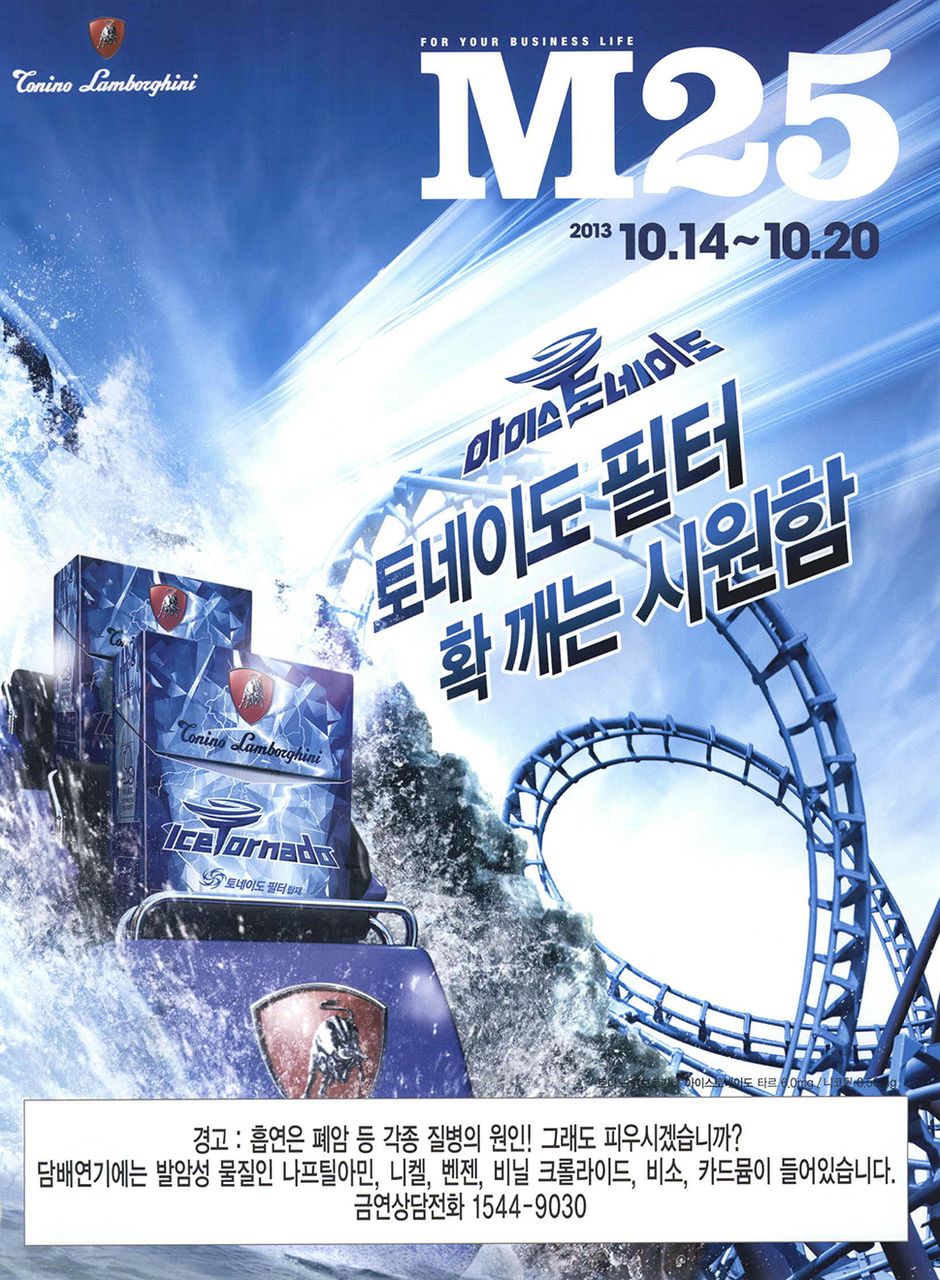
New methods include using the technological advances of smoking. Smokeless tobacco vis a vis, vaping has brought forth an entire legion of advertising and messaging that targets young people. Using packaging design that looks like candy and sweet treats as well as flavors that are far more appealing to a young audience: berry blast, pina colada.
Perhaps the most devious approach to messaging and advertising the tobacco industry has taken on is through social media influencers. Brands are paying influencers to post “authentic” images touting the coolness of smoking. This takes their messaging seemingly indirectly to where the audience are - on social platforms. There currently are not any laws that prohibit this approach to advertising leaving quite the loophole target for young audiences.
REFERENCES
Boseley, S., Collyns, D., Lamb, K., & Dhillon, A. (2018, March 09). How children around the world are exposed to cigarette advertising. Retrieved from https://www.theguardian.com/world/2018/mar/09/how-children-around-the-world-are-exposed-to-cigarette-advertising
Investigation reveals tobacco companies are secretly using social media to promote smoking. (n.d.). Retrieved from https://truthinitiative.org/research-resources/tobacco-pop-culture/investigation-reveals-tobacco-companies-are-secretly-using
Jackler RK, Chau C, Getachew BD, Whitcomb MM, Lee-Heidenreich J, Bhatt AM, Kim-O’Sullivan SHS, Hoffman ZA, Jackler LM, Ramamurthi D. (2019, January 31). JUUL Advertising Over its First Three Years on the Market. http://tobacco.stanford.edu/juulanalysis
McGinley, L. (2018, May 01). Feds crack down on e-liquid packaging that looks like candy, juice boxes. Retrieved from https://www.washingtonpost.com/news/to-your-health/wp/2018/05/01/liquid-nicotine-for-e-cigs-looks-like-kids-juice-boxes-and-candy-government-says/?noredirect=on
Tobacco Social Media Marketing: Resources. (n.d.). Retrieved from https://www.tobaccofreekids.org/media/2018/wheretheressmoke


